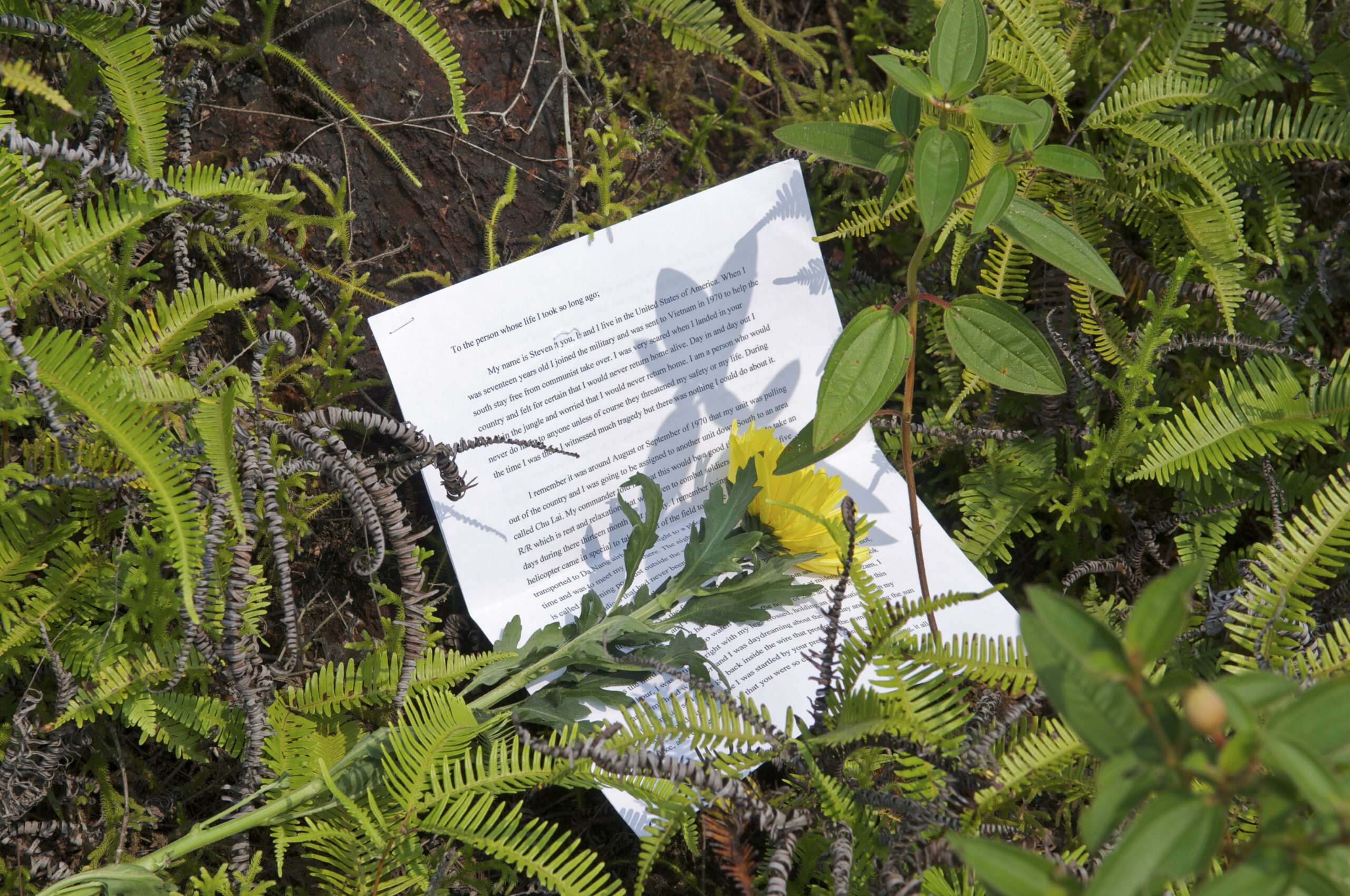Sacred Texts of War
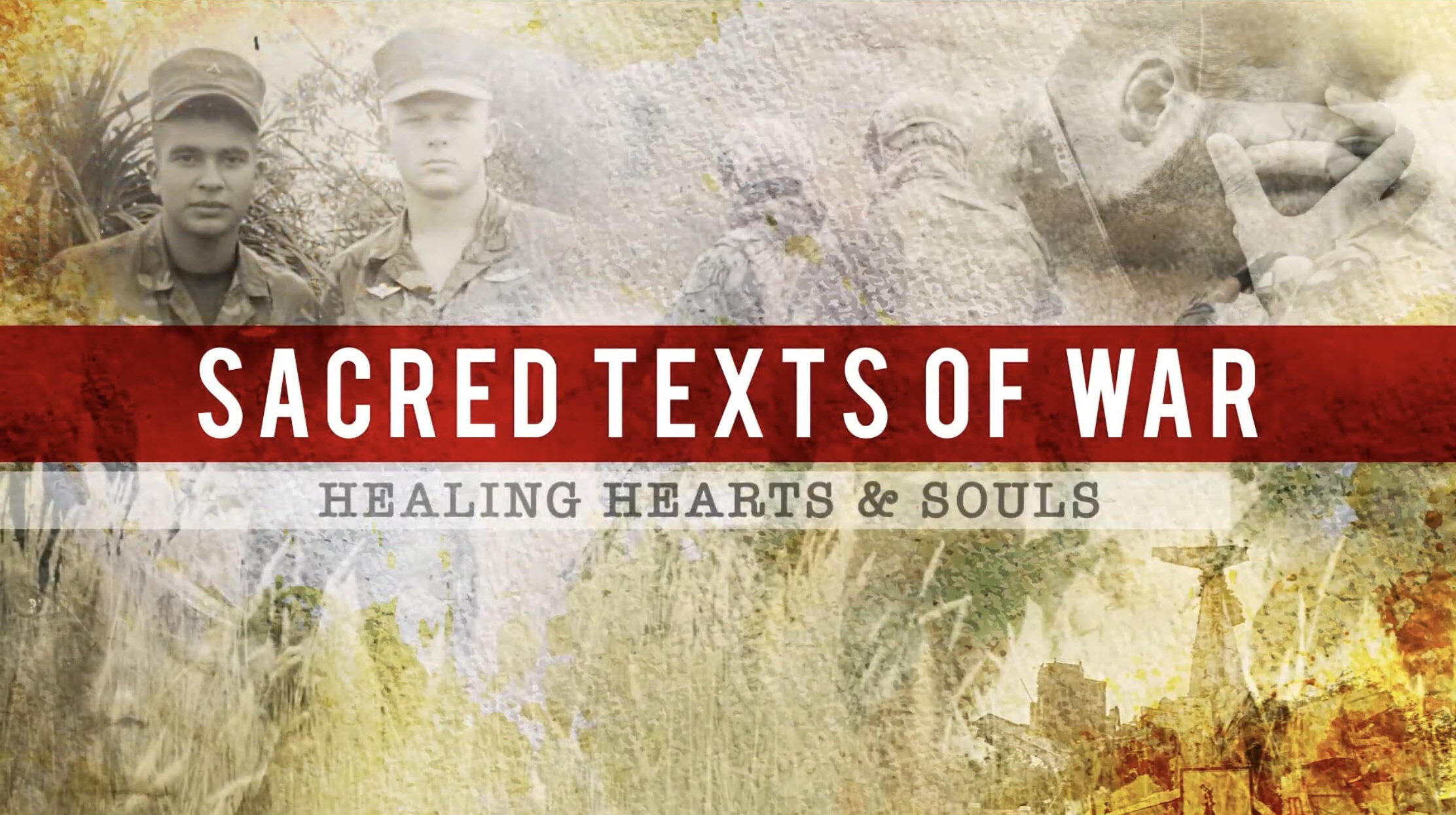
Watch The Trailer Now


501(c)3 Non-profit
# 462962589
The Center for Post Traumatic Growth in collaboration with Mendonsa Media is honored to announce the upcoming documentary “Sacred Texts of War”. This examination of Moral Injury and the truths of war tells the stories of veterans’ healing and redemption as they grapple with their moral crises post-deployment. The Center’s program, in part, utilizes a form of narrative therapy: letters written by the veterans to those they have lost or believe they have harmed. “Sacred Texts of War” is based on the book “Soldiers’ Hearts”, a unique compilation of these letters documenting veterans’ war experiences and journeys of healing.
Sacred Texts of War

The Center for Post Traumatic Growth in collaboration with Mendonsa Media is honored to announce the upcoming documentary “Sacred Texts of War”. This examination of Moral Injury and the truths of war tells the stories of veterans’ healing and redemption as they grapple with their moral crises post-deployment. The Center’s program, in part, utilizes a form of narrative therapy: letters written by the veterans to those they have lost or believe they have harmed. “Sacred Texts of War” is based on the book “Soldiers’ Hearts”, a unique compilation of these letters documenting veterans’ war experiences and journeys of healing.
Watch The Trailer Now:

501(c)3 Non-profit
# 462962589
SAVE THE DATE!
Our documentary will be premiering at the Harris Center on September 29th, 2024 at 3 PM. Tickets are on sale now!
Featured Veterans
Learn more about the Veterans featured in Sacred Texts of War

Lieutenant Colonel Wendie Skala (Ret.)
US Air Force critical care flight nurse with seven deployments to the Middle East and Africa. Wendie was charged with coordinating and caring for the most critically wounded as they were flown home out of their theaters of operation.


Lance Corporal Steven Stafford
Rifleman in Delta Company, 1st Battalion, 7th Marines who carried the M-60 machine gun through the jungles of Vietnam in 1970 at the age of 19.
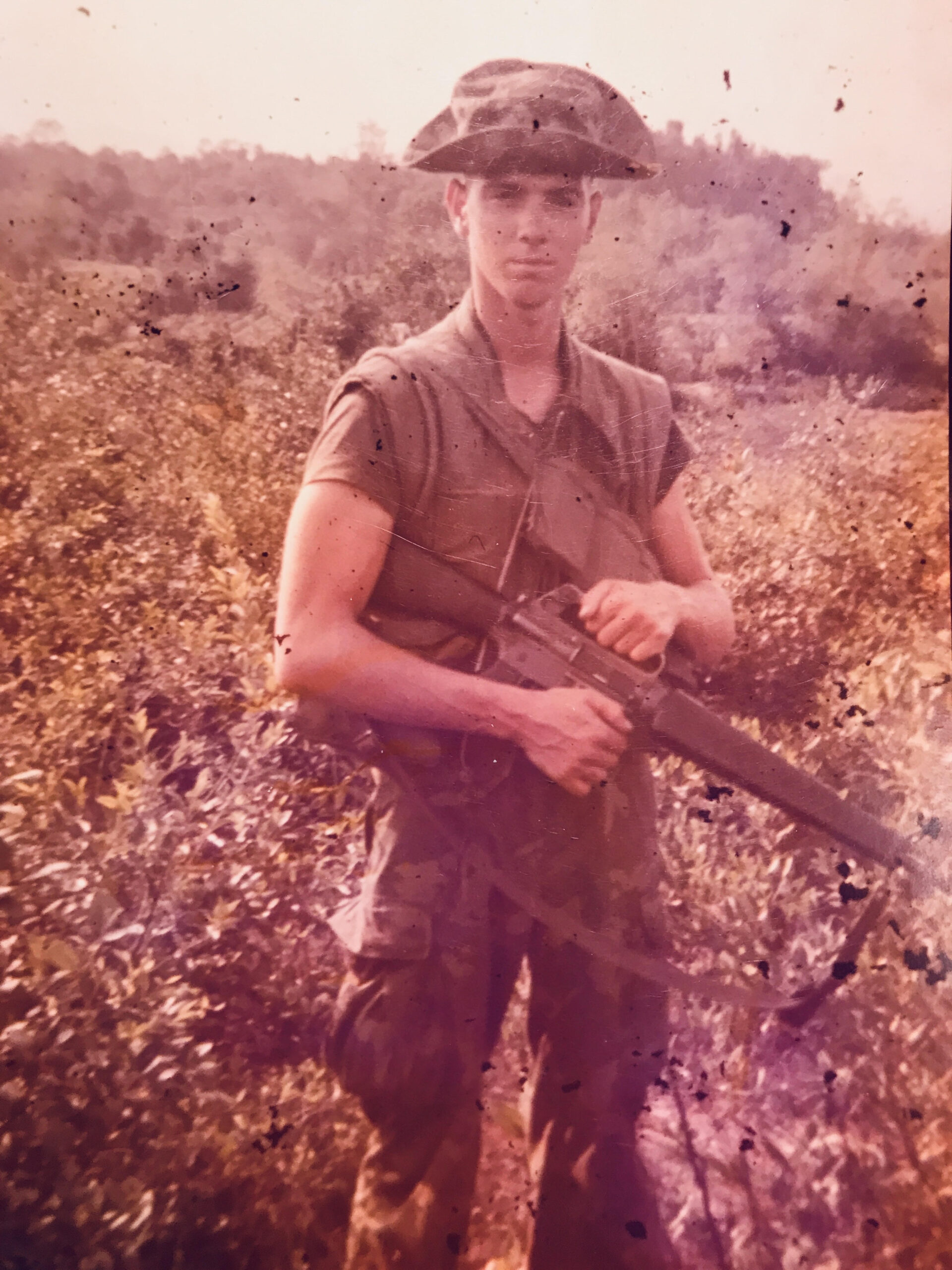

Sergeant Chuck Smith
Served with the Third Force Recon of the USMC who lost his whole recon team “Flight Time” while serving in Vietnam, 1968.
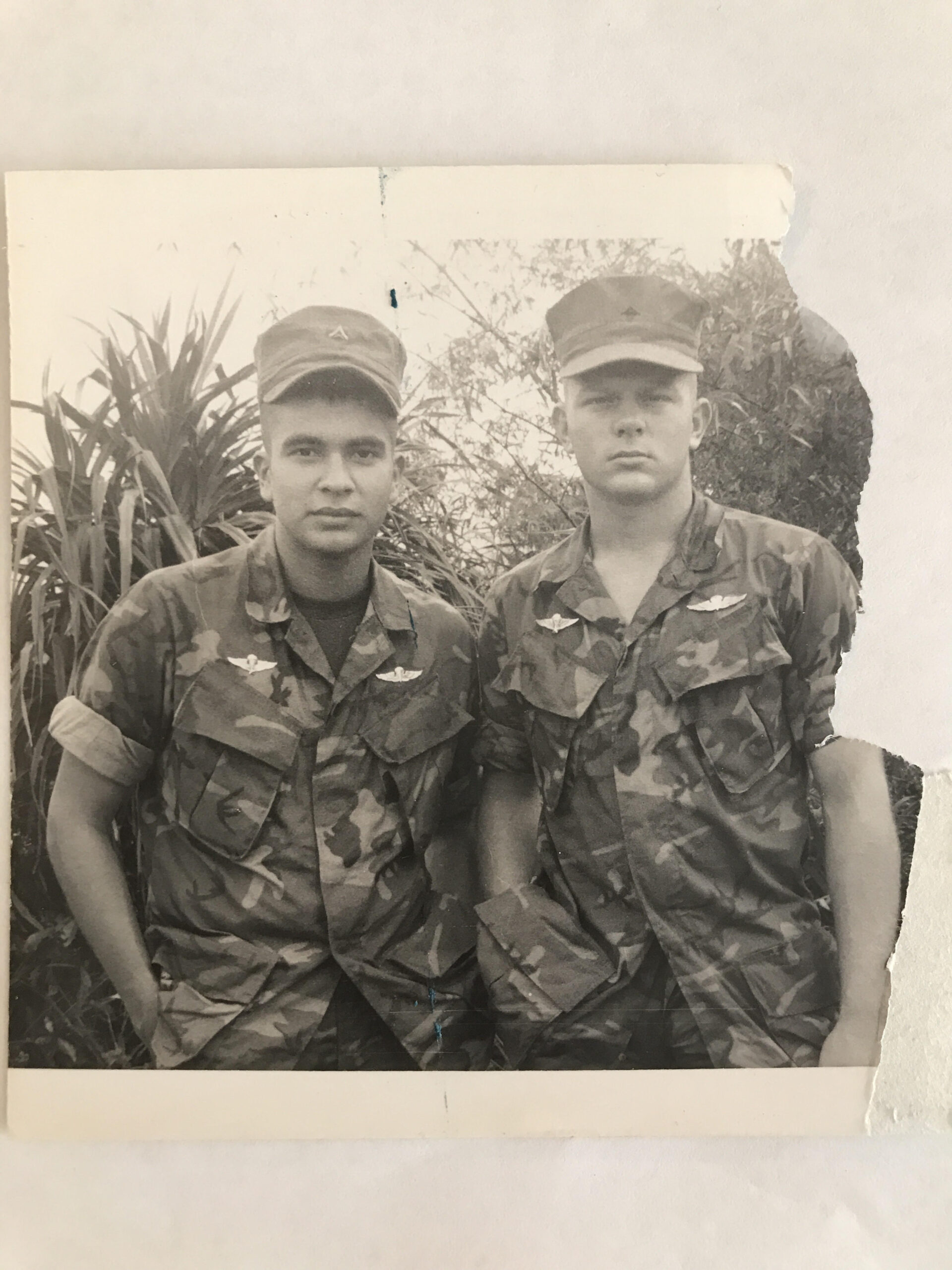

Sergeant Carlos Echevarria Zayas
Army Airborne Infantryman 101 Airborne Division with 4 combat deployments to Iraq and Afghanistan. Carlos was medically discharged after being blown up in an IED explosion during his 4th deployment.

Soldiers Heart’s
This book recounts the personal truths and burdens of war which few people can begin to grasp, let alone understand. However, these intimate letters paint the picture of pain and suffering and put a face on the tragedies of war. The letters give meaning to these events by enlivening compassion, restoring the human bonds that connect us all, and profoundly illustrating the redemption of our heroes. They are stories that need to be told, but more importantly, need to be heard. To our knowledge there has never been a publication of this kind. We believe now more than ever a work of this power is needed to remind us of the sacrifices endured by those caught up in war. We hope they will move you and change you as much as they have those of us who have been privileged enough to hear them read by the veterans themselves.
Letters: how and Why They Work
Many of the current perspectives on Moral Injury (MI) view it as an intrapersonal condition and suggest that interventions target the morally injured individual’s thoughts, feelings, beliefs, and behaviors (Koenig & Al Zaben, 2021). After two decades of learning from and treating morally injured people of service, we believe MI is an interpersonal condition (Keenan, Lumley & Schneider, 2014). Morally injurious events do not occur in a vacuum; they occur between people and the core emotional components of MI are unresolved loss, guilt, and shame (Keenan, Lumley & Schneider 2014; Pugh, Taylor, & Berry, 2015; Shay, 1996). In our view, MI results when one believes they have transgressed against another and have broken their deeply held moral values about how we are to treat one another. If this is the case, then the healing of MI must involve the repair of these broken bonds by addressing the shame and guilt resulting from these transgressions. With the central premise of reconnection in mind, we developed a letter writing technique resulting from our observations of the interpersonal nature of MI. Ideally, this interpersonal repair is done within the context of a group of peers, a group of similarly wounded individuals, which offers reconnection at a community level.
Read More About Letters
There are many theories one might apply to understand the processes of the letter writing intervention that include traditional psychotherapeutic perspectives, interpersonal process perspectives (Yalom, 1970), humanistic (Rogers, 1951), existential (Yalom, 1980), and spiritual understandings of healing transgressions (Harris et al., 2021). One of the more interesting explanations of how the letters transform the relationships is derived from Memory Trace Theory (MTT), a neurocognitive theory based on research emphasizing the dynamic and malleable nature of memory (Nadal & Moscovitch, 1997; Moscovitch & Nadal, 1999). Brain research has demonstrated that memories are not static but are fluid and can changed when new information and experiences are encoded after retrieval. When memories are retrieved, either intentionally or through activation by other cues, they can be altered when new information or experiences are encoded through the process of reconsolidation. Lane et al. (2015) have proposed an integrated memory model of psychotherapeutic change in which the natural malleability of memory can be leveraged as an opportunity for therapeutic change. Ecker, Ticic, & Hulley (2012) developed a therapeutic intervention, Coherence Therapy, using memory reconsolidation theory to reconstruct traumatic memory as an intervention strategy. They define the circumstances under which memories are elicited and altered through a corrective emotional experience and are then reinforced through new emotional learning with the changed memory. This intervention relies on the transformation of traumatic memories into more benign experiences of traumatic events by activating the distressing memory in the context of a therapeutic environment and providing an opportunity for reconsolidation of the old memory with new healing experiences. These new emotional experiences become attached to the traumatic memory and grow stronger each time the memory is activated.
In the context of our group treatment, the letter elicits the traumatic memory when the member shares or writes about the trauma. The letter is read aloud to the group. During this process the traumatic memory expands and reconsolidates to include new information, the group members feedback, and the feeling of emotional attunement and holding. An important aspect of memory reconsolidation is creating an environment post intervention which allows for the strengthening of the new reconsolidated memory. The group allows for continued interaction with the new memory in the context of the group and the memory also begins to be associated with other members’ transformed relationships with their others, and provides many more opportunities for these new memories to become reconsolidated.
Also, as part of our program, group members are encouraged to engage in behavioral rituals reinforcing their request for forgiveness and making amends. This also provides the opportunity for healing rituals to become a part of the reconsolidated memory. Many times, these rituals include all the group members, strengthening all members memory transformation and reconsolidation. There is evidence that sleep Walker24 and, in particular, Rapid Eye Movement sleep in particular, Diekelmann et al.25 “have been shown to preferentially support the consolidation of emotional aspects of memory.” (Lane, et al. 26 . Interestingly many of our veterans have experienced what we call “Transformation Events” after sharing their letters and/or performing their rituals. Most often these transformations are in the form of dreams where the lost or harmed other(s) reappear as healthy and whole, carrying a message of forgiveness and reconnection. This is strongly suggestive of a memory which is now reconsolidated as a healing memory rather than a traumatic one.
About The Center for Post Traumatic Growth
At the Center for Post Traumatic Growth (CPTG) we promote and support the healing of combat veterans, first responders, and their families, from moral injury and trauma.
The field of mental health has only begun to recognize the role of moral injury in the suffering of veterans and others. Yet, despite all of the discussion and recent writings regarding the concept, very few interventions have been developed to address moral injury directly. The current evidence-based treatments have been developed to address the symptoms associated with Post Traumatic Stress Disorder (PTSD), but they fall short in addressing the core issues of moral injury including unresolved loss, guilt, and shame.
The program at CPTG is different. We go beyond the treatment of PTS to address heal the deep, painful soul wounds of moral injury, bringing veterans together to support each other in the group setting and using a unique therapy modality. Together they are able heal the invisible wounds of both trauma and moral injury and find peace.
How You Can Help
1. Spread the word
2. Share the trailer
3. Donate
4. Volunteer

501(c)3 Non-profit
# 462962589
Our Production team

CRISTINA MENDONSA
Anchor, Producer
An Emmy/Edward R. Murrow award-winning journalist, executive producer, and speaker, Cristina tells stories with impact and heart. After 27 years working for ABC, CBS, and NBC television stations, she now hosts the KFBK morning news in Sacramento and is a senior consultant for Talent Boulevard. Find out more at mendonsamedia.com.

PHIL DESMANGLES
Photographer
Phil’s career began in the mid-70s and he has covered news and sporting events for all of the major networks. Phil’s passion for photography and video editing has led to opportunities to witness, and record, life happening. Phil has worked with Cristina Mendonsa and Will Frampton at various points dating to the 1990s.

ERIK BROCK
Graphic Designer
Erik has more than 15 years of experience. He has worked with CNN, WGCL, and Peachtree TV. His past clients include Vampire Diaries, PGA Championship, The Big Bang Theory, and Southwest Airlines. Attention to detail is the hallmark of Erik’s work, understanding a client’s needs while delivering what’s in the mind’s eye.

Mike Thomas
Anchor, Producer
Mike’s career spans more than three decades, first in Pennsylvania, then in Atlanta, where he was Assistant Chief Photographer at WXIA. He has covered presidential visits, hurricanes, World Series, Super Bowls, and Olympics, and has earned 10 Regional Emmy awards. He also covers the Atlanta Falcons for WUPA.
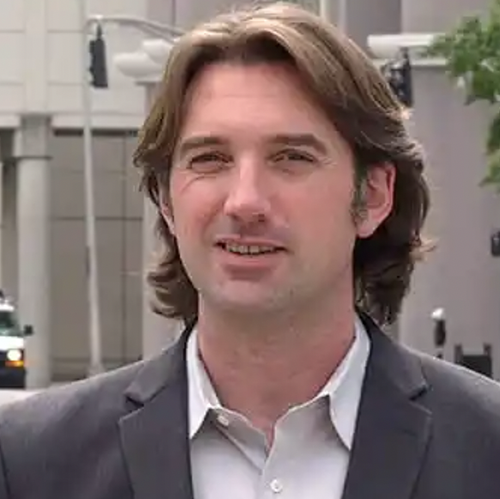
Will Frampton
Photographer
A long-time journalist with a passion for storytelling, Will spent 15 years reporting across America before launching McLeod Media in 2017. He was recognized with an Emmy for his 2008 documentary “Stories from the 218th,” chronicling life in Afghanistan’s war-torn capital city of Kabul. Learn more at mcleodmedia.net.

Andrew Lewis
Photographer, Co-Editor
Andrew Lewis is an award-winning videographer and editor with a specialty in drone photography and digital cinematography. Lewis has worked both in local news and for national brands.
His style is cinematic and he is the founder of Avenoir Visuals of Florida.
Contact
Get in contact by sending us a message with the contact form below

